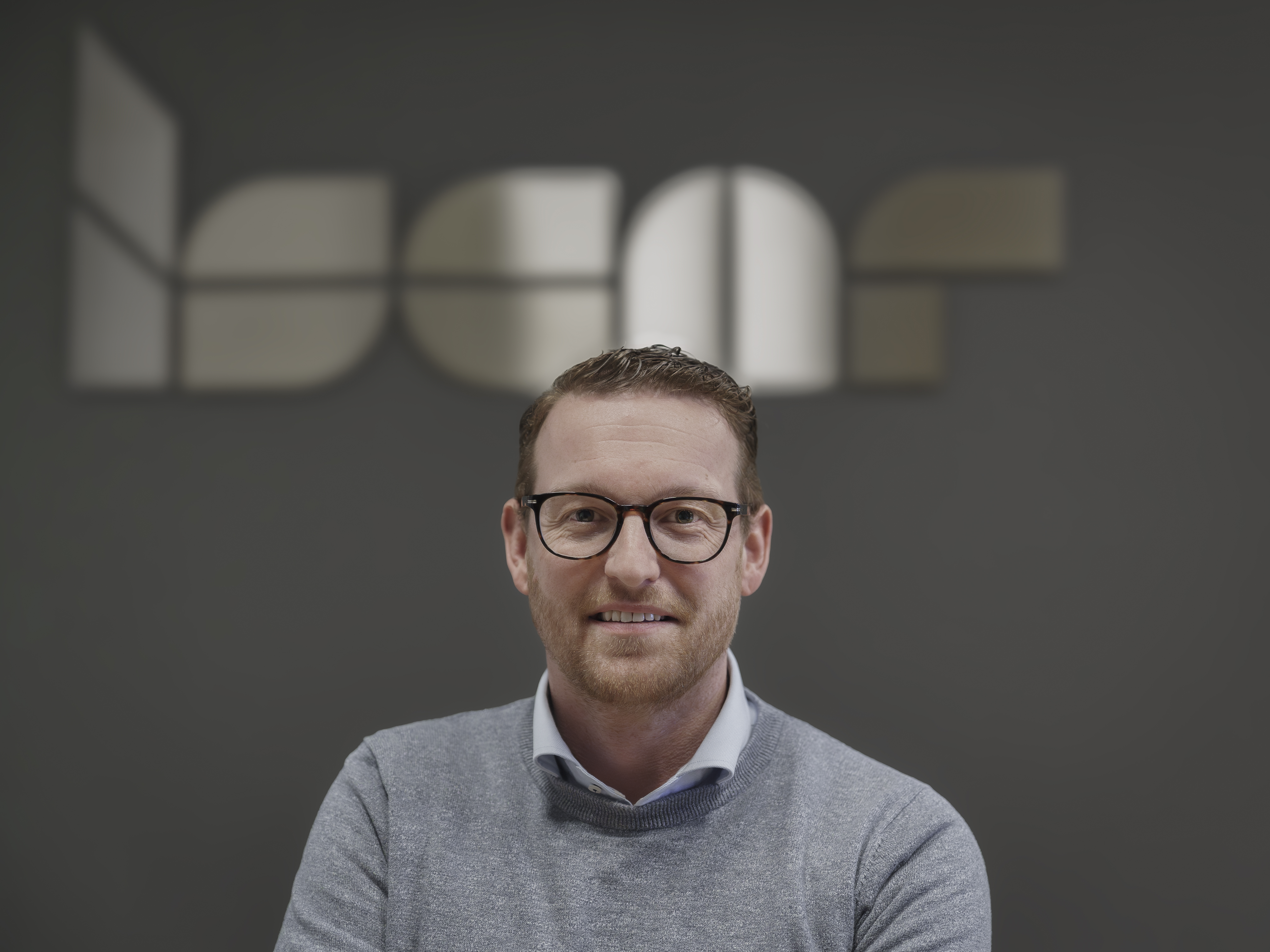
ISCAR and SCSN: Digitalization as a Logical Extension of Technical Value
ISCAR is a global manufacturer of high-quality metal cutting tools. In the Netherlands, the team focuses on technical support and process optimization for customers in the manufacturing industry. Not a traditional sales organization — instead, a team of specialists who collaborate closely with clients. Their recent connection to the SCSN network aligns perfectly with their ambition to work more efficiently, deliver better service, and lead in innovation. General Manager Rogier ten Brug shares how the process unfolded and why digitalization is so valuable.
Technology as a Starting Point
ISCAR develops and manufactures its own tools and operates in over sixty countries. Its vision is clearly centred on delivering added value by helping customers improve and optimize their production processes.
“We only employ engineers who come from the field — people with hands-on experience who truly understand the challenges our customers face,” says Rogier. “That creates a strong dynamic: people brainstorm together and look for smarter solutions. We’re not a traditional sales company — we think along with what the customer really needs.” This customer-focused approach also demands efficiency behind the scenes. Yet part of the order processing remained manual.
“We already had a web shop and automated systems but still spent a lot of time checking order confirmations that were correct. A waste of time — especially in a country like the Netherlands, where we strive for maximum efficiency. I always say: in the Netherlands, we’re naturally efficiency driven. Even when grocery shopping, we try not to walk down the same aisle twice. That mindset is clearly reflected in how we work.”
Taking the Leap
The move toward digitalization via SCSN was made in collaboration with our serviceprovider. “We had talked about it before, but hadn’t yet taken the plunge,” Rogier explains. “Digitalization can be daunting. You are relying on systems you cannot at once see working. But I saw the clear added value and brought it back to the table.”
From that point on, things moved quickly.
“Our service provider took care of everything. The onboarding process was effortless — we only had to confirm a few things by email.”
Change Requires Clarity
According to Rogier, the human side is just as important as the technical one. “People are often resistant to change, especially when processes have been the same for years. They want to understand why something is changing and prefer to stay in their comfort zone. And that’s completely understandable.”
At ISCAR, open dialogue proved effective.
“When you clearly explain what’s changing and what the benefits are, you’ll see colleagues — young and old — naturally get on board. Support is built through conversation, not top-down decisions.”
Tangible Benefits
The first step with SCSN focused on orders and order confirmations. Invoicing will follow soon. “In principle, all standardized processes can run through the network. That opens huge opportunities,” says Rogier. “We expect this to become the new standard in customer communication.” The advantages are already clear: automation reduces manual work and at once lowers the risk of errors. That saves both time and money. And when that work disappears, more time becomes available to focus on what really matters: thinking alongside the customer, improving processes, and delivering added value.
Looking Ahead: Digitalization as a Growth Engine
ISCAR sees digitalization as a natural next step in its strategy. “Our motto is ‘Where innovation never stops.’ That applies to our products, but also to how we work. This step helps us stay ahead and serve our customers even better.”
For companies still hesitating, Rogier offers clear advice:
“Get informed. You don’t have to decide right away, but make sure you understand what it’s about. Often, it’s the unfamiliarity that holds you back.”
He concludes with a smile:
“Ten years ago, we might have hesitated to start using email. Now we can’t live without it. In ten years, we’ll probably look at SCSN the same way — as something completely natural.”